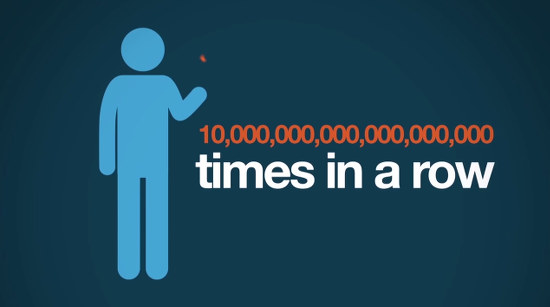

Gary Sackett, a Gun Violence Prevention Center of Utah board member, said open carry is bad public policy and bad for public safety. Ray says the bill reinforces the constitutional rights of Utah residents. Police called his actions reckless and cited him with disorderly conduct. The man was handcuffed and detained for a few minutes, while officers determined the guns were unloaded. Ray's bill stems from an incident outside Orem's University Mall in January 2011 in which a 51-year-old man was walking on the sidewalk with an assault rifle slung over his shoulder and carrying a handgun. The new version lists other Utah laws under which someone openly carrying could not be cited, including trespassing, interfering with a campus activity and disrupting a meeting. We've actually expanded it this year saying, 'Well, there's other categories we ought to fix while we're doing it,'" he said. "Last year's bill only dealt with disorderly conduct. Police have sometimes cited people with disorderly conduct under those circumstances, Ray said. The bill aims to clarify for police that carrying a gun or other dangerous weapon in public is allowed under Utah as long as the person isn't doing anything threatening. Since then, Ray said he has worked with the Utah Chiefs of Police Association and the Utah League of Cities and Towns to come up with acceptable language. The House passed Ray's bill during the 2012 Legislature, but it died in the Senate.

"Last year, there was a lot of wrangling over wording," he said. S2CID 119282331.Many of these folks are well-versed in the law, but they fail to comprehend that plenty of citizens out there are just plain scared of “guys with guns” walking in and out of their local coffee shop. "Quantified naturalness from Bayesian statistics". "Bayesian approach and naturalness in MSSM analyses for the LHC". ^ Cabrera, Maria Eugenia Casas, Alberto Austri, Roberto Ruiz de (2009)."Is the CNMSSM more credible than the CMSSM?". "CMSSM, naturalness and the ?fine-tuning price? of the Very Large Hadron Collider". ^ Fowlie, Andrew Balazs, Csaba White, Graham Marzola, Luca Raidal, Martti (17 August 2016)."Upper bounds on supersymmetric particle masses". "Spontaneous creation of the universe from nothing". ^ He, Dongshan Gao, Dongfeng Cai, Qing-yu (April 2014).Naturally Speaking: The Naturalness Criterion and Physics at the LHC. University of Michigan: Prometheus Books.

Measurement Īlthough fine-tuning was traditionally measured by ad hoc fine-tuning measures, such as the Barbieri-Giudice-Ellis measure, over the past decade many scientists recognized that fine-tuning arguments were a specific application of Bayesian statistics. Example Īn example of a fine-tuning problem considered by the scientific community to have a plausible "natural" solution is the cosmological flatness problem, which is solved if inflationary theory is correct: inflation forces the universe to become very flat, answering the question of why the universe is today observed to be flat to such a high degree. For example, the cosmological constant problem (why is the cosmological constant so small?) the hierarchy problem and the strong CP problem, among others.Īlso, Dongshan He's team has suggested a possible solution for the fine tuned Cosmological constant by the universe creation from nothing model. The necessity of fine-tuning leads to various problems that do not show that the theories are incorrect, in the sense of falsifying observations, but nevertheless suggest that a piece of the story is missing. However, in addressing the problem of the cosmological constant, naturalness has failed to provide an explanation though it would have been expected to have done so a long time ago. In it he describes how naturalness has usually provided a solution to problems in physics and that it had usually done so earlier than expected. The idea that naturalness will explain fine tuning was brought into question by Nima Arkani-Hamed, a theoretical physicist, in his talk "Why is there a Macroscopic Universe?", a lecture from the mini-series "Multiverse & Fine Tuning" from the "Philosophy of Cosmology" project, a University of Oxford and Cambridge Collaboration 2013.


 0 kommentar(er)
0 kommentar(er)
